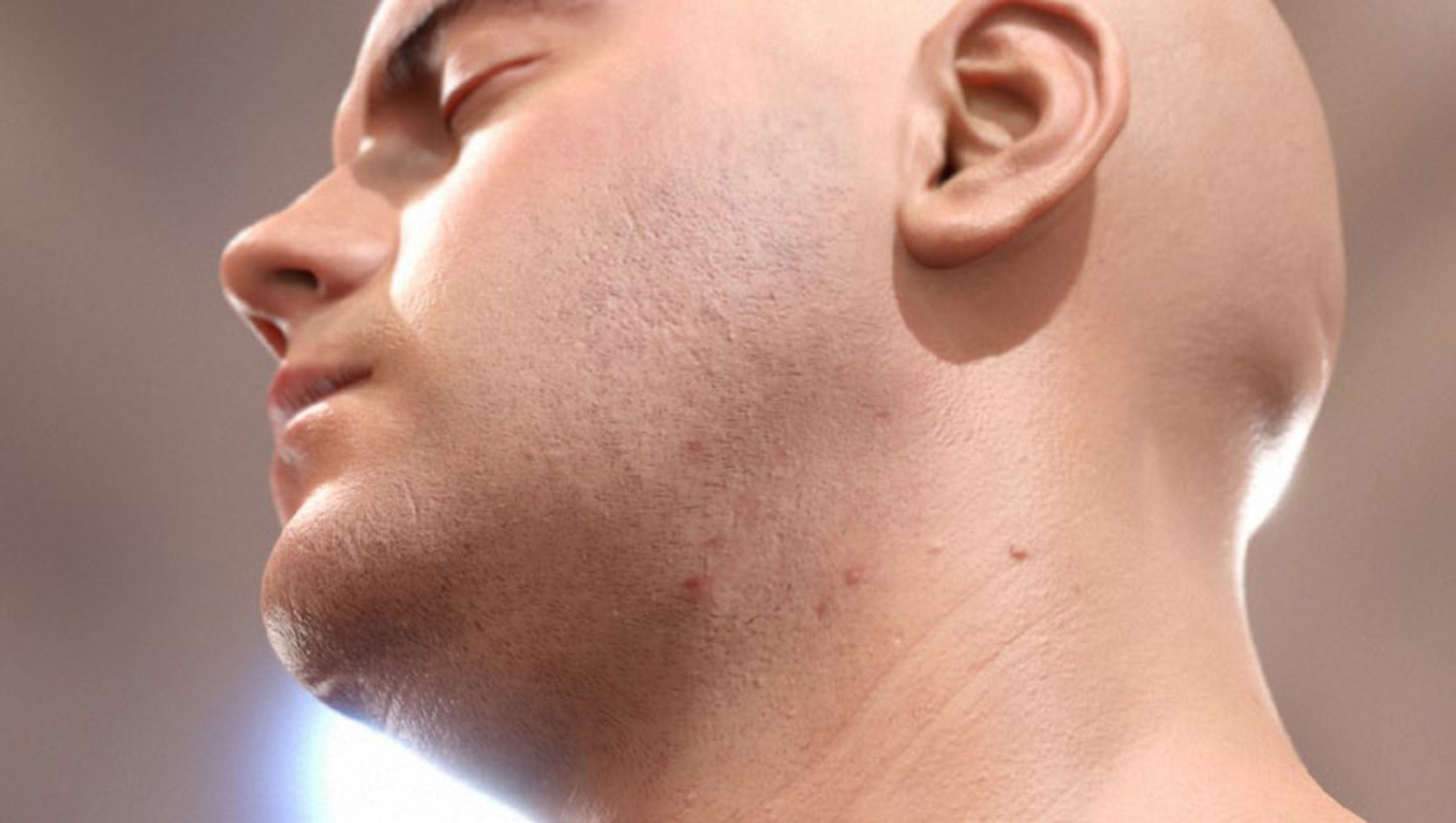“Separable Subsurface Scattering” by Universidad de Zaragoza
Notice: Pod Template PHP code has been deprecated, please use WP Templates instead of embedding PHP. has been deprecated since Pods version 2.3 with no alternative available. in /data/siggraph/websites/history/wp-content/plugins/pods/includes/general.php on line 518
Conference:
- SIGGRAPH 2012 More animation videos from SIGGRAPH 2012:
Notice: Array to string conversion in /data/siggraph/websites/history/wp-content/plugins/siggraph-archive-plugin/src/next_previous/source.php on line 345

Notice: Array to string conversion in /data/siggraph/websites/history/wp-content/plugins/siggraph-archive-plugin/src/next_previous/source.php on line 345

Title:
- Separable Subsurface Scattering
Company / Institution / Agency:
- Universidad de Zaragoza
Description:
Due to the parallel advances in hardware and software, graphics in games are continuously improving. Still, for a 60-fps game, everything contained in a frame must be computed in just about 16 milliseconds. Given this tight time budget, certain effects cannot be computed and are simply not simulated, sacrificing realism to reallocate resources to other aspects of the game. This demo shows a technique to simu- late subsurface scattering for human skin that runs in just over one millisecond per frame, making it a practical option for even the most challenging game scenarios. Previous real-time approaches simulate it by approximating the non-separable diffusion kernel using a sum of Gaussians, which require several (usually six) 1D convolutions. The proposed technique decomposes the exact 2D diffusion kernel with only two 1D functions, which allows subsurface scattering rendering with only two convolutions, reducing both time and memory without a decrease in quality. The 1D functions are defined in an intuitive way with just three parameters, allowing for easy edits.




